As soon as it snows, I think sand. I haven’t always had such gritty thoughts, but the fetish easily buried itself in my mental makings the first time I fished Belize in the winter.
I kicked off my snow boots with reckless abandon and ran barefoot on the beach chasing bonefish. Fishing without freezing is a delight and I took to Belize winters well. I stopped shivering, I stopped layering and most of all, I stopped whining. Seven days of warm in the middle of seven months of cold is all I need to make it through an Idaho winter.
I quickly learned the basics of fishing for bones in Belize with Nano, a patient guide who says ‘oi yoy oi’ a lot when I cast. That must be Belizean for terrific, or truth be told, horrific, but I cast on.
I catch four fish off Nano’s flat boat with an 8-weight on day one. I also catch two bones wading the flats without Nano and the same 8-weight on day two. His ‘cast farther, strip faster’ mantra is burned into my trout-trained brain with repetitive success by the end of the trip.
I live in freshwater country so I won’t claim to know it all when it comes to saltwater swimmers, but borrowed rods turned into bought rods and buffs now outnumber my bikinis because of bonefish. So, if you've never chased bones in Belize during winter break, it's probably safe to say this handful of tips will help when you finally do.
Cover Up
The pasty skin we protect from frost also has to be protected from fire. Belize in February is balmy. Bask in it all you want beneath the shade of a palm, but when you’re on the flats, cover up from nose to toes.
You won’t wear shoes on a flat boat, but socks are a must. The no-shoes rule keeps you from unknowingly stepping on your line and you will have a lot of line out. Socks keep you from unknowingly burning your feet while still being able to feel the line accidentally under your toes.

Bare skin bakes in minutes in the mangroves. Mangroves are the forests of flat water. They’re a deep, leafy green in the best shade of shallow blue your guide can put a flat boat on.
I vividly remember the first time Nano tucked us out of the wind behind the mangroves. It felt like someone had just shut the door on the microwave and pushed ‘start’ with my eyeballs inside. Cover up, that includes gloves.
Hire a Guide
Don’t go for bones solo on your first try. Hire a guide or two and hire for multiple days if you like their style. Your lodging manager should know guides you can hook up with, but remember you’re in a foreign country. You’re usually hiring their eyes not their eats so pack your own food and water.
Learn all you can by asking a lot of questions, but ask them quietly. Bonefishing is more like hunting than fishing. It’s a quiet, stalking pursuit. Guides even pole instead of row because poling is quieter so keep your voice down.

Be sure to quietly ask about tailing on your first day. I spotted tailing in the first 10 minutes of my first day. It took me two more days to translate shadows under the surface, which expert guides do with ease. Tailing is easier for me to see because it’s more troutlike. It’s what happens when bonefish hang in two feet of water. In two feet of water, some of you sticks out too so look for what’s sticking out of flat water. Silver specks or translucent triangles are bonefish tail tips flicking about above the water. Spot tailing then pole, or wade slowly, toward it.
Cast Farther
Work toward the tails then stop long before you get there. This is why you practice your double haul at home. Even if you don’t call it a double haul, just learn to delicately throw a helluva lot of line and lay it on the surface of the water like a feather. Now yank that long line up and throw even more just as lightly. You’ll know you have a good guide if he’s always putting your back to the wind to help you with your haul.
Distance is a weapon with bones. You can’t walk up on them like you can trout. You have to tease bonefish from afar.
All Strip No Set
Cast far, far away then strip. Strip, strip and more strip. Strip the fly back to you in solid tugs. Bones will chase it like cats after nip. At least that’s the plan and when it really does work, it drives bones crazy and they’ll take the bait.
When they bite, do NOT set. I repeat, DO NOT SET. Strip. Landing a bonefish is all strip, no set. Trout anglers set hooks by lifting rod tips. You lift a rod tip on a bonefish and you’ll lose it. Strip line instead. That’s how you set a hook on a bonefish.
Rinse and Repeat
Enjoy your catch, release it then keep hunting until the sun sets. At the end of every fishing day, rinse your rod and your reel. This helps keep salt, which can wreak havoc on your metal and other materials, from accumulating on your reel, line and rod.
If you can, rent lodging with high ceilings or secure outdoor rod storage. It’s always nice to know you’re staying somewhere that is so fishing friendly you don’t have to break down your rod to walk through the front door.

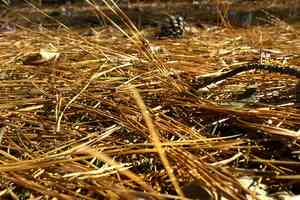


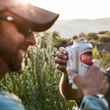
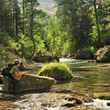
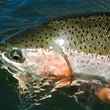
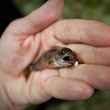
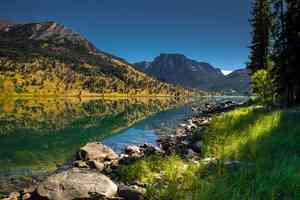


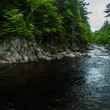
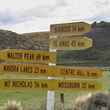
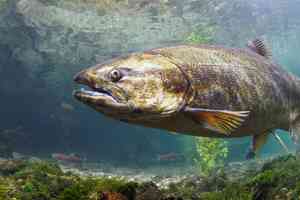


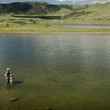
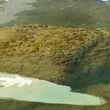



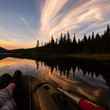
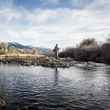



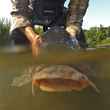



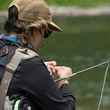
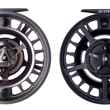
Comments